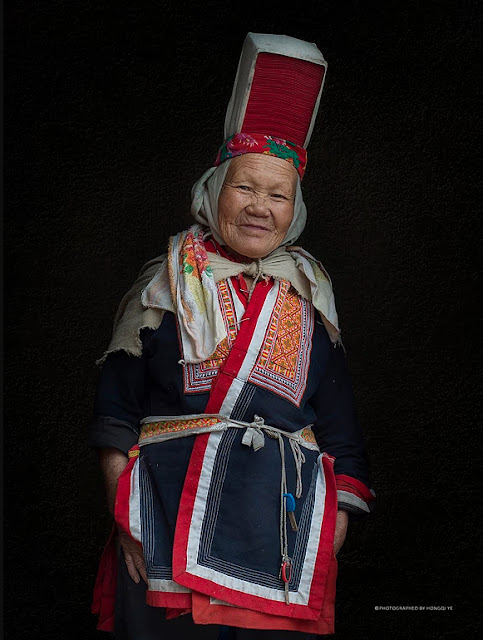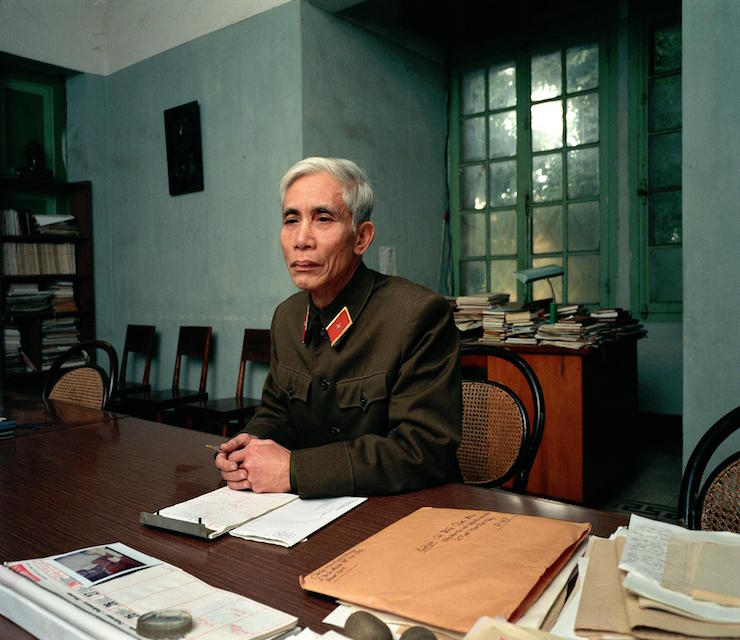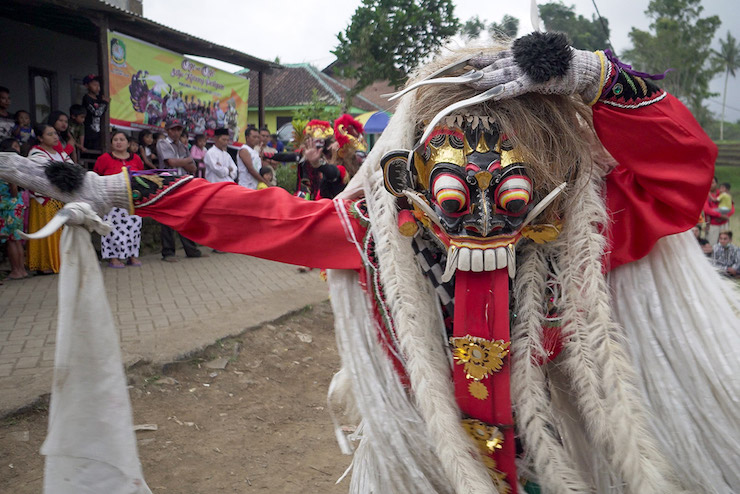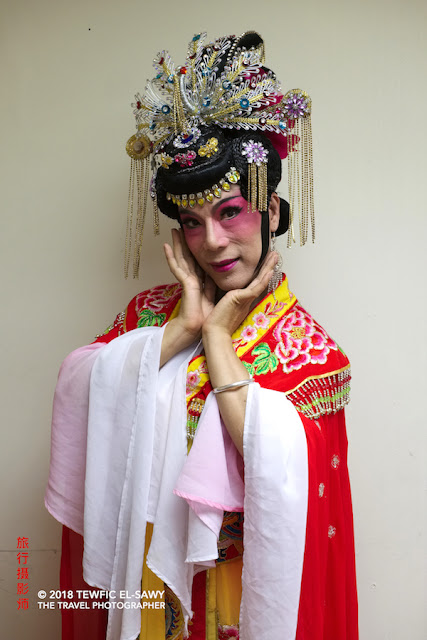Beyond The Frame | Yan Yang Tian Troupe | GFX 50s
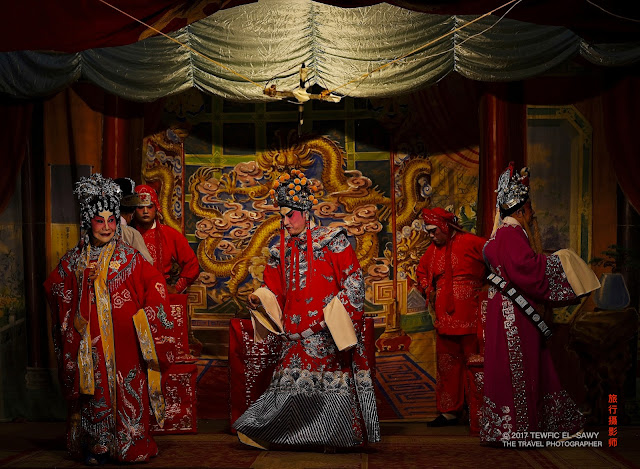
Photo � Tewfic El-Sawy | All Rights Reserved Although the Fuji GFX50s might not really be the most appropriate format to photograph theatre and opera, it produced interesting images while using it to photograph a live performance by the Yan Yang Tian opera troupe in at the Leng Eng Tian Khiew Ong Tai Tay temple in Kuala Lumpur during the annual Taoist Nine Emperor Gods Festival. For nine days, Taoists gather at various temples around the country to celebrate the Nine Emperor Gods festival, which begins on the eve of the ninth month of the lunar calendar. The troupe performs traditional Cantonese opera, and has been on stage since its founder opera troupe owner Elizabeth Choy was 7 years old. Now in her late eighties, she is considered a treasure by the Chinese-Malay communities in Malaysia as well as those in neighboring countries. While the popularity of Cantonese opera has dwindled, especially among the young, her troupe has continued to perform in local ...
